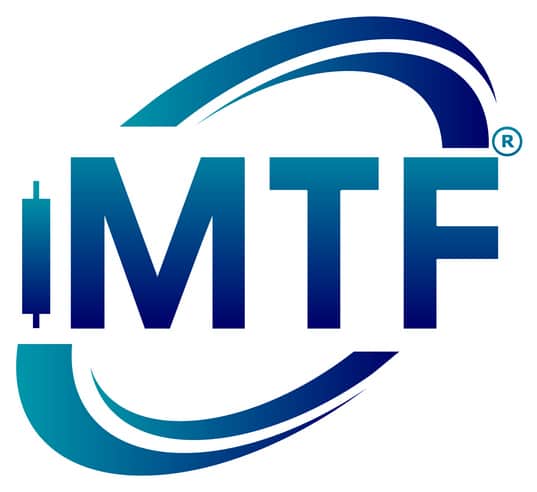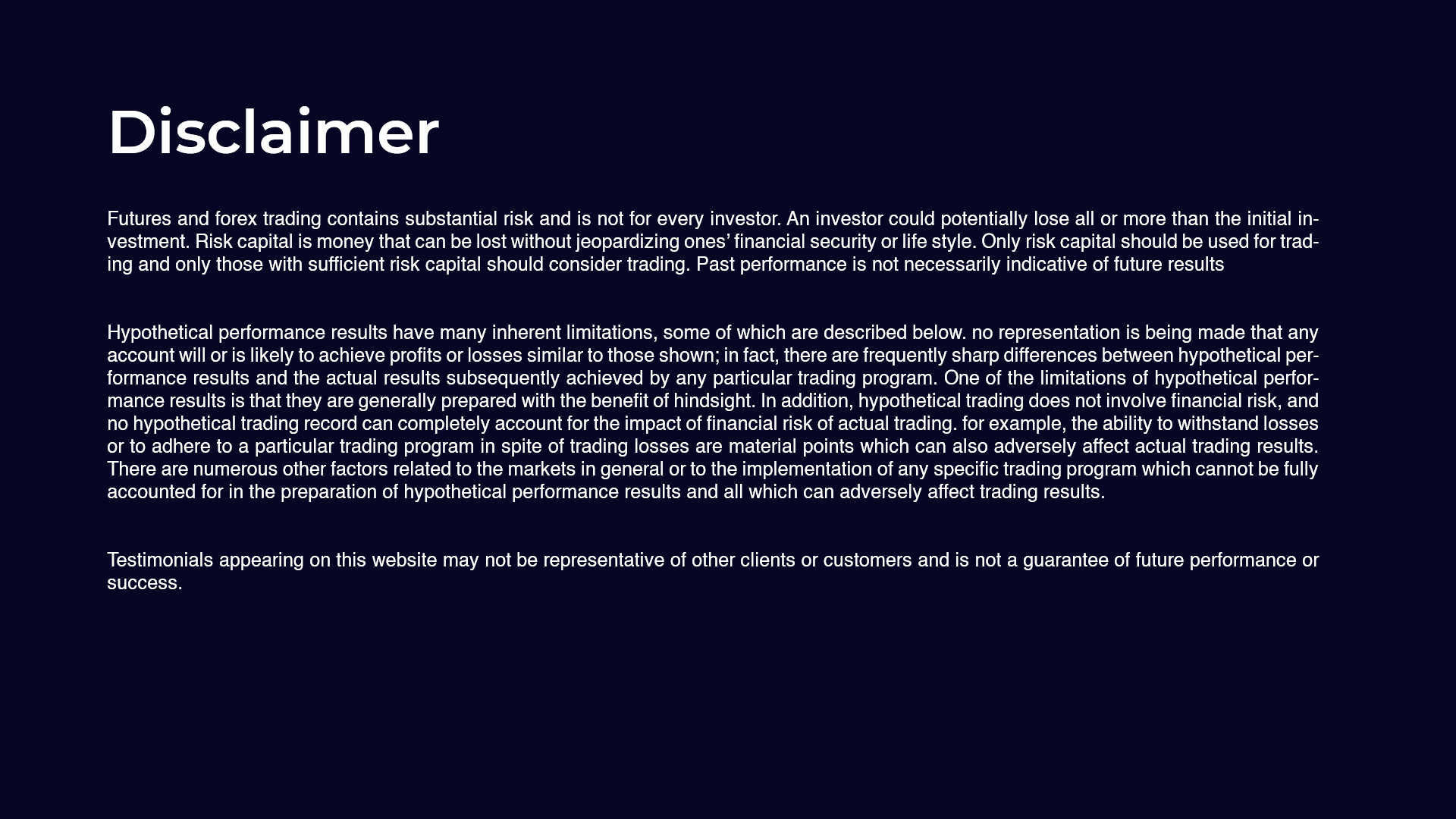Two Types of charting for Futures – Adjusted and Un-Adjusted. See the Difference. Everyone relies on charting now in order to determine key Support/Resistance values. Have you ever thought if the charts are “skewed”, it could be the difference between winning and losing?
For all US Futures, there are various different types of charts that could be produced for each individual Futures product. Some of the Future products are $CL Crude Oil, $ES E-mini SP500, $C Corn, etc. Did you know this? Each chart will give you different types of Support/Resistance for the same indicator. Huh? What? How can that be?
Let me illustrate by showing you the $ES Emini Sp500 future product for the weekly time frame with the Ichimoku indicator.
In this example, we will discuss two variations which are the main ones. The first one we will discuss is the “un-adjusted” continuous future contract. Here are the parameters for the “un-adjusted” contract: Notice, all the various options that are available. When this mode is choose, the charting vendor applies no “special” formula to price at all. This is what we call the “raw” data. In this “raw” data, the contracts roll to the next contract 2 days before expiration.
Here is the weekly chart for the $ES for the un-adjusted. Notice, the key support for this chart is 2116.16 and the key resistance is 2146.13 based on the Ichimoku indicator.
Here is the “adjusted” contract provided by Tradestation. This is the default settings for all the future products. This contract rollover, it tries to add “intelligence” on the rollover. It roll overs only on the 1 consecutive trading day of higher open interest and then to does an “Absolute Difference” to the price differences between the two contracts.
Here is the weekly chart for the “adjusted” contracted for the $ES with the Ichimoku indicator. Notice, the support is 2111.02 and the resistance is 2142.65.
There is a 6 pt difference between the two weekly charts with the same indicator. Today, the adjusted contract supports look good but this is not always the case.
So which one is right and which one is wrong? There is no correct answer for this. This is why we support both. We know which support/resistance is the correct one through iMTF™, Ichimoku Multiple Time Frame Support/Resistances.
If you would like to learn how to trade like an institutional trader or learn more about our multi-timeframe email alerts, go to www.ichimokutrade.com or email us at info@eiicapital.com
EDUCATIONAL USE. Commodity Futures Trading Commission, Forex, Futures, Equity and Options Trading has large potential rewards, but also has large potential risk and may not be suitable for everyone. You must be aware of the risks and be willing to accept them in order to invest in these markets. Do not trade with money you can not afford to lose. This is neither a solicitation nor an offer to Buy/Sell. No representation is being made that any account will or is likely to achieve profits or losses similar to those discussed on this document. The past performance of any trading system or methodology is not necessarily indicative of future results. All information provided on the Blog is for educational purpose.





